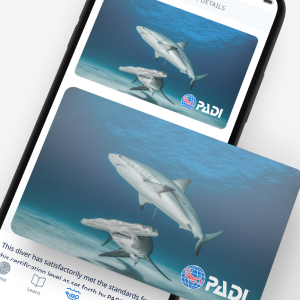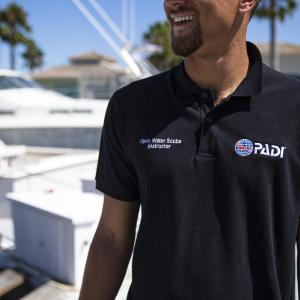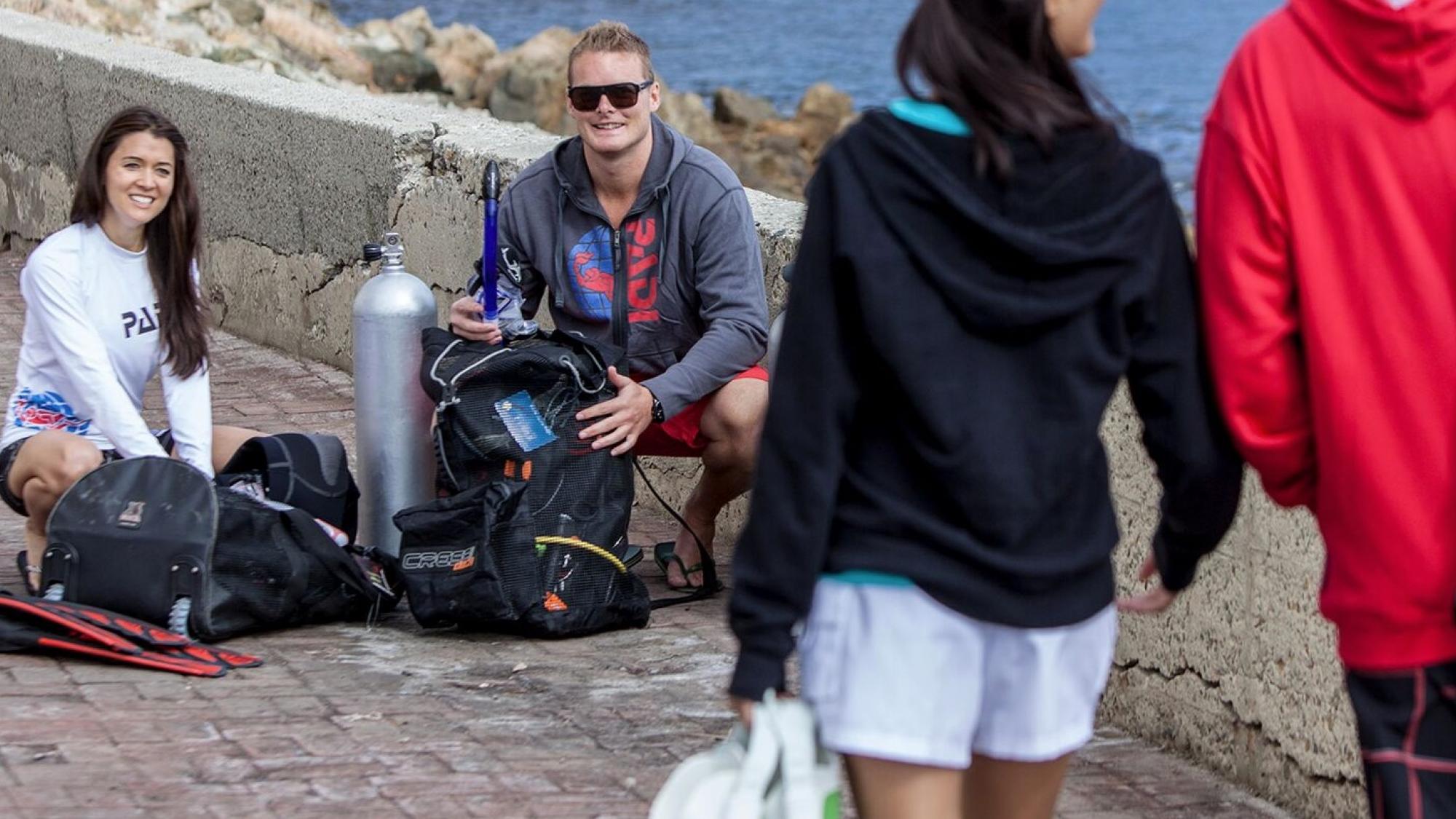Descrição
Whether you’re driving to your local dive site or getting on a plane headed for the tropics, a sturdy gear bag will help you organize, protect and carry your scuba diving equipment. Your main bag needs to be big and tough enough to hold all your gear and stand up to the abuse of salt water. You’ll probably want secondary bags, such as a lightweight mesh bag, for your mask, fins and snorkel, or a padded bag for your regulator. Visit your PADI Dive Center or Resort to get advice about gear bags.
Standard Features
- Sturdy design made from heavy-duty fabric with reinforced stitching to withstand pointy, heavy dive gear and to survive being wet, sometimes for days.
- Strong and corrosion-proof fasteners and hardware, like zippers, snaps, clips and handles, that can endure the stress of dive equipment and the dive environment.
- Weight-supporting straps that are heavily reinforced, or pass all the way around the bag so they won’t tear under load.
Scuba Gear Bag Styles
In addition to your main big bag, which will either be a backpack style, roller style or duffel bag, you may want these other bags:
- Mesh bags – small, medium or large, both duffel and backpack styles.
- Padded regulator bag – not only protects your regulator and gauges while in your big bag, but allows you to carry your regulator separately while traveling.
- Dry bags – small, medium or large for all the other things you bring and want to keep dry – towel, log book, wallet, etc.
Optional Features
- Wheels that allow you to roll down the dock to the boat or glide through the airport.
- Backpack straps that let you haul it on your back, leaving your hands free to carry other items.
- Pockets, both internal and external, for special items like fins; even pockets that detach so you can carry items separately when desired.
- Drain holes or mesh areas to let out excess water.
How to Choose
A good dive bag is an investment that should last for years, so choose one that will fit your expanding dive interests while protecting your equipment.
- Start by looking at the largest bags first at your PADI Dive Center or Resort. Pull them around if they have wheels; put them on your back if they have backpack straps. If the big bags feel okay, then check out the different features.
- Evaluate each bag’s features and imagine where your equipment will fit in the bag. Actually, it would be ideal to try packing your equipment in a bag, but if it’s not with you, ask if you can pack similar items. Think about how easy it is to get items in and out.
- Choose the best bag based on the features that appeal to you. Be sure to also check the warranty.
- Consider getting a mesh bag, padded bag or dry bag, so that you have all the bags you need for your next dive trip.
Maintenance
The key to getting the most out of your gear bag is to pack well. Pack the items you need last on the bottom and what you need first on the top. For air travel, make sure breakable items, like your mask, are well padded (wetsuits make good padding).




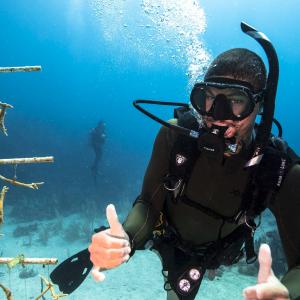
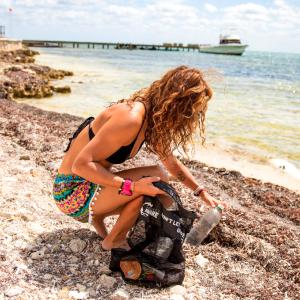

 Detritos Marinhos
Detritos Marinhos
 Proteção Contra Tubarões e Raias
Proteção Contra Tubarões e Raias
 Adote o Azul
Adote o Azul




